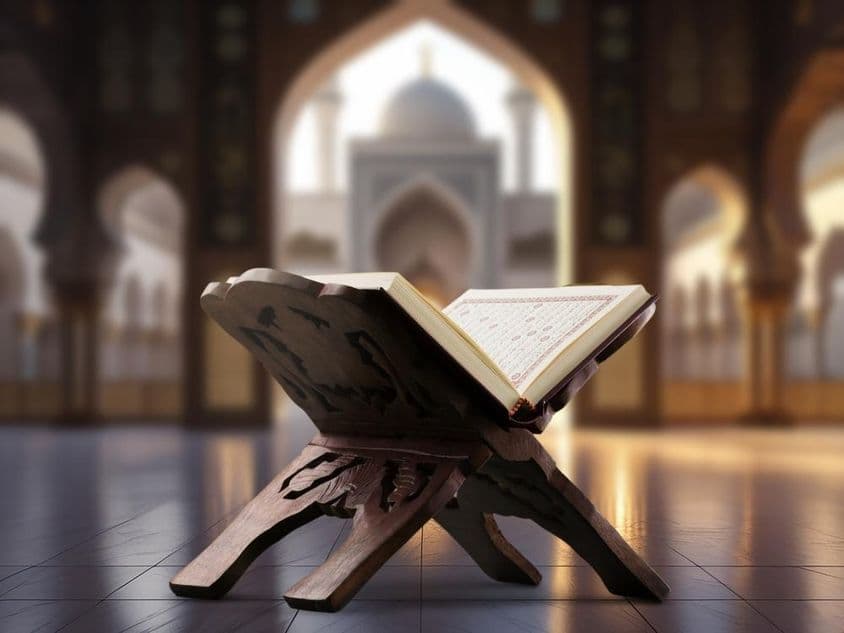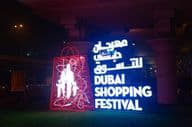1,100-Year Manuscript on Display in Sharjah

A 1,100-Year-Old Calligraphy Masterpiece Reproduced in Sharjah: The Story of a Unique Qur'an Manuscript
In the cultural scene of the United Arab Emirates, the Sharjah International Book Fair remains a standout event, attracting book lovers, publishers, and artists from all over the world. This year's 44th edition of the fair features a rare treasure—a life-like replica of a more than one-thousand-year-old Qur'an manuscript, remarkable not only for its religious significance but also for its artistic value.
The manuscript is exhibited at the Safir Ardehal stand from Tehran, allowing visitors to witness the precision and aesthetic that originate from Ibn al-Bawwab, one of the greatest figures in Islamic calligraphy. The original manuscript is housed in the Chester Beatty Library in Dublin, where it is carefully preserved. However, thanks to this exact facsimile edition, the Middle East's most important book event offers the public a chance to admire this masterpiece.
Ibn al-Bawwab: The Revolutionary of Calligraphy
The maker of the manuscript, Abu al-Hasan Ali Ibn Hilal, known in art history as Ibn al-Bawwab, lived at the turn of the 10th and 11th centuries. He not only copied the Qur'an's text but artistically refined the naskh script, which he perfected. The naskh style displays more fluid and streamlined lines compared to the angular kufic script used before. Ibn al-Bawwab's work had such a profound impact on Arabic calligraphy that even today, most Arabic-printed materials and handwritten embellishments are created according to his rules.
Each page of the displayed manuscript consists of 16 lines characterized by masterfully balanced letters and harmoniously arranged text lines. The letters do not crowd; every written mark "breathes," as if each had its own space. This aesthetic perfection reflects Ibn al-Bawwab's conviction that beauty lies in proportion, precision, and rhythm.
The Manuscript: The Union of Craftsmanship and Faith
Experts believe that the exhibited manuscript is special not only as a replica but because the original was likely entirely created by Ibn al-Bawwab. This involves not just the writing of the text but also the gilding of chapter titles, the floral motifs, and the design of the margins. We see the work of a single hand, that of a calligrapher, graphic artist, and craftsman.
The materials used to create the manuscript are also noteworthy. The ink was made from natural ingredients: a mixture of soot and Arabic gum. The writing tool, the qalam, is a specially cut reed pen that allowed for drawing both thick and thin lines with the same tool—all in a single motion. The text was inscribed on parchment, a particularly smooth material made from animal skin, which contributed to the manuscript's survival over a thousand years.
More Than a Religious Object
The facsimile is not merely a copy of an old book. It transports visitors back to a time when the union of human hand and soul gave birth to one of the noblest branches of Islamic art: calligraphy. This manuscript also serves as a historical document that helps understand how Arabic script evolved, how it became an artistic expression, and how it connected with religion, spirituality, and identity.
The uniqueness of Islamic art lies in the prominence of writing over image depiction. The calligraphic representation of the Qur'an is not just decoration; it is a sacred act: the text not only communicates but decorates and sanctifies. The presented manuscript is a perfect example of this ideal.
Sharjah Book Fair: Bridging Past and Present
For years, Sharjah has been one of the leading cultural centers in the Arab world, placing particular emphasis on presenting and preserving Islamic heritage. In this spirit, the book fair is not only a platform for modern publications and technologies but also a guardian of traditions. Through the replica of Ibn al-Bawwab's manuscript, visitors can get up close to the roots of Arabic calligraphy and understand the role writing played in the Muslim civilization's intellectual and visual culture.
The original manuscript kept in the Chester Beatty Library in Dublin continues to be housed in a restored and protected environment, yet the facsimile presented in Sharjah provides an opportunity for a broad audience to admire this unique artistic creation. The exhibition reminds us of the sophisticated sensitivity with which Muslim world's craftspeople, calligraphers, and artists shaped the foundations of Islamic visual culture—works that still inspire worldwide today.
Summary
One of the most valuable attractions of the 44th Sharjah International Book Fair is an exact copy of a more than one-thousand-year-old Qur'an manuscript based on Ibn al-Bawwab's masterpiece. For those interested in calligraphy, art history, or Islamic culture, this spectacle is unmissable. The manuscript is not merely a religious text but an exceptional unity of craftsmanship, faith, and aesthetic perfection—a timeless work of art that transcends its era and continues to touch today's visitors.
(Source: Based on a book presented at the Sharjah Book Fair.)
If you find any errors on this page, please let us know via email.


